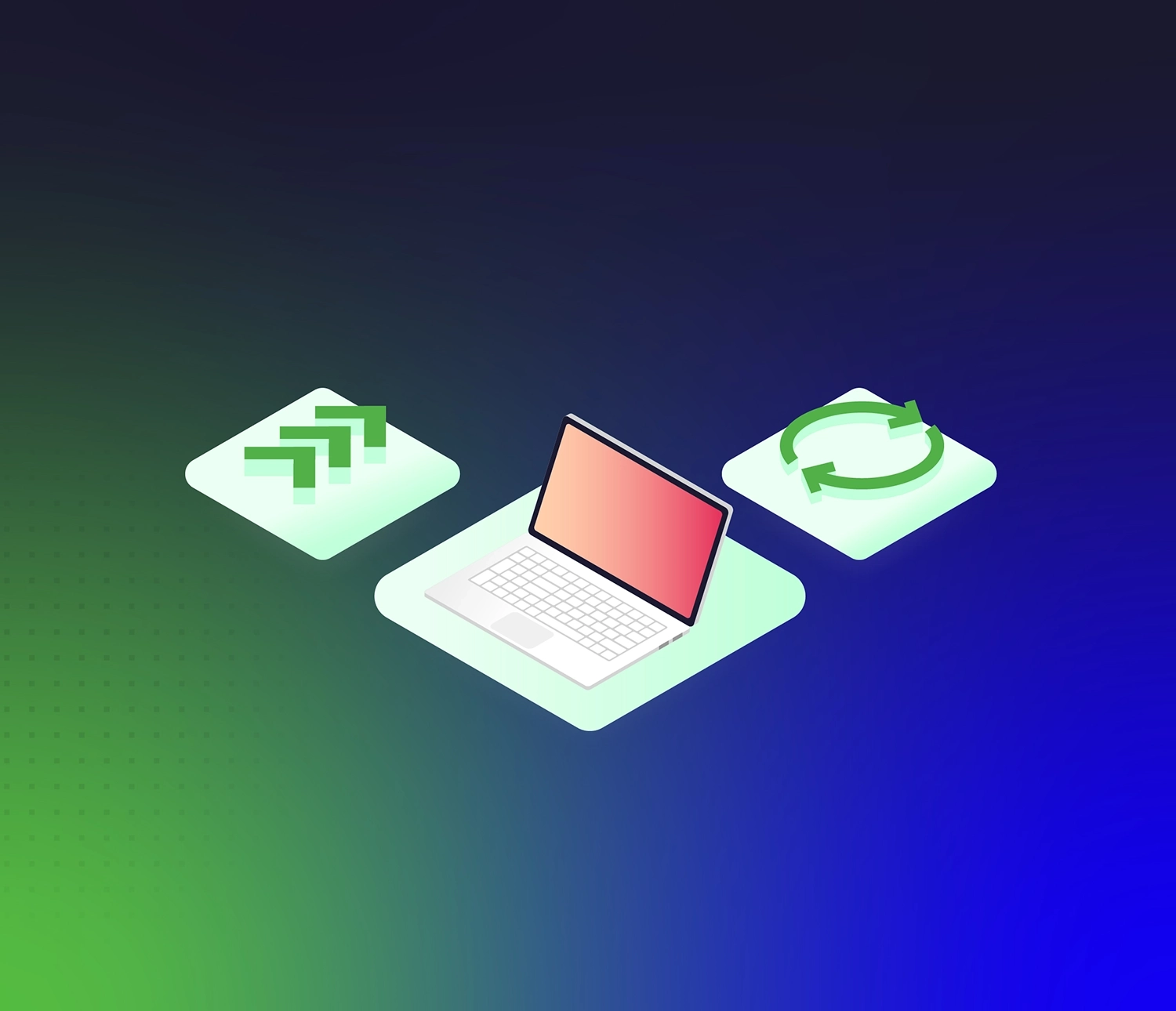Tool 3: Azure Firewall
When it comes to Azure Firewalls, you oversee whitelisting addresses, for example, for who is authorized to connect to the data science environment. It’s important to understand that you have to configure this yourself, which can be changed in the future or when an employee leaves your company. When it comes to the communication of, for example, a storage account to your Azure data science environment through Azure Machine Learning, the configuration is based on Azure security standards, and protocols could change for communication per Azure tool.
Azure Private Link: Another component of network security is securing your Azure service resources in your data science environment with virtual networks using Azure Private Link. This service accesses Azure Machine Learning using a private endpoint in the Virtual Network. Azure Private Link, with private endpoints, is easy to set up and manage and ensures that your Azure resource is secured, can be privately accessed on Azure, and is protected from data leakage, all through a simple workflow.
Securing your networking components will prevent your network from infiltrating and start before it’s too late.


